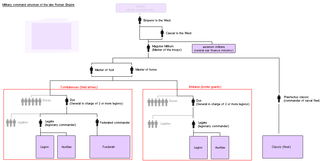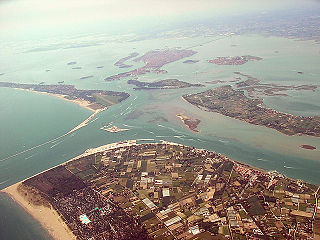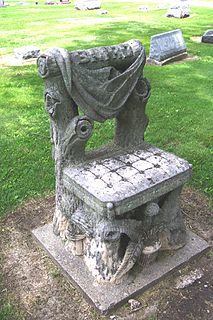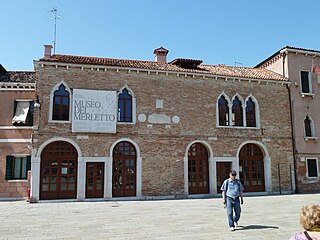This article needs additional citations for verification .(January 2017) (Learn how and when to remove this template message) |

Attila's Throne is an ancient stone chair. It has, however, nothing to do with the king of the Huns, as it was put into place around 100 years after his death, it was most likely the podestà’s or the bishop’s chair. The chair is located on the quiet and sparsely populated island of Torcello at the northern end of the Venetian Lagoon in Italy.

The Huns were a nomadic people who lived in Central Asia, the Caucasus, and Eastern Europe, between the 4th and 6th century AD. According to European tradition, they were first reported living east of the Volga River, in an area that was part of Scythia at the time; the Huns' arrival is associated with the migration westward of an Indo-Iranian people, the Alans. By 370 AD, the Huns had arrived on the Volga, and by 430 the Huns had established a vast, if short-lived, dominion in Europe, conquering the Goths and many other Germanic peoples living outside of Roman borders, and causing many others to flee into Roman territory. The Huns, especially under their King Attila made frequent and devastating raids into the Eastern Roman Empire. In 451, the Huns invaded the Western Roman province of Gaul, where they fought a combined army of Romans and Visigoths at the Battle of the Catalaunian Fields, and in 452 they invaded Italy. After Attila's death in 453, the Huns ceased to be a major threat to Rome and lost much of their empire following the Battle of Nedao (454?). Descendants of the Huns, or successors with similar names, are recorded by neighbouring populations to the south, east and west as having occupied parts of Eastern Europe and Central Asia from about the 4th to 6th centuries. Variants of the Hun name are recorded in the Caucasus until the early 8th century.

Podestà is the name given to certain high officials in many Italian cities beginning in the later Middle Ages. Mainly it meant the chief magistrate of a city state, the counterpart to similar positions in other cities that went by other names, e.g. rettori ("rectors"), but it could also mean the local administrator, who was the representative of the Holy Roman Emperor. Currently, Podestà is the title of mayors in Italian-speaking municipalities of Graubünden in Switzerland.
A bishop is an ordained, consecrated, or appointed member of the Christian clergy who is generally entrusted with a position of authority and oversight.




















